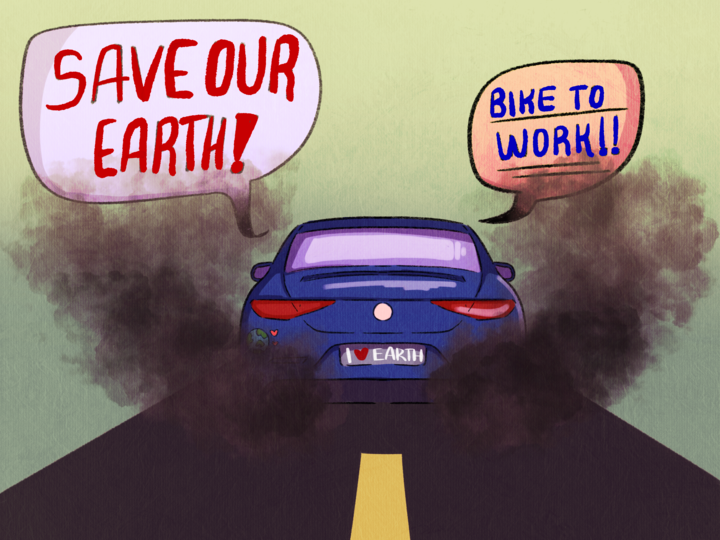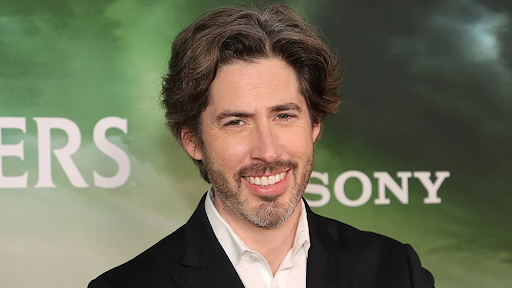Since I was in high school, I’ve been interested in the stock market. The allure of my money making money on its own while I sat on the couch was incredibly attractive to me, a teenager with an intense loathing of my minimum-wage cashier job. Honestly, I never had any idea how any of it worked. I just liked the idea of being “in the stock market” and visualizing myself as Jordan Belfort.
Throughout my collegiate career as an accounting major, I’ve grown in my understanding of money and my desire to get into the investing game increased concurrently. And yet, I never invested anything.
To go through Charles Schwab or Fidelity Investments and pay $10 per trade was out of the question for a broke college kid like me who could only invest the twenty bucks I won from winning my fantasy football league.
After the fees came in, I’d have roughly $5 to invest, so why even do it?
But, in 2014, Robinhood Markets was born. Founded by two guys who built trading platforms for financial institutions in New York, it has drastically changed the game for people like me who might not have much disposable income, but are interested in the stock market. Robinhood offers zero-dollar trading commissions and a zero-dollar minimum account balance, meaning you can invest as much or as little as you want, without incurring annoying trading fees like you would using other investment firms.
For college students and millennials, this is a much more attractive investing platform. In addition to the absent trade cost, Robinhood operates in a space that we all are familiar with whether you are a wolf of Wall Street or a geek of University Boulevard — the App Store.
Within minutes of downloading the Robinhood app, it can pair up with your bank account and put the world of investing in the palm of your hand.
So why get into the market?
Well, instead of spending $30 at a bar every weekend, why not do something a little smarter with it? Why not invest that money in the stock market?
Not only will you have more money at the end of the semester, but if you pay attention to stocks and develop a sound investment strategy, you may learn a lot about how the stock market works and how to invest. Regardless of whether you make a huge return in the short term, your long-term wisdom of how money works will allow you to reap the benefits in the future.
College students, on average, just don’t understand the market. Even though it is essential to most people’s lives to be financially literate, formal education — unless you are an economics or finance major — doesn’t usually teach us anything about investing. According to a poll ran by Bankrate, only 26 percent of people under 30 are investing in stocks. That makes sense, due to this demographic’s lack of knowledge about the stock market as well as their thin bank accounts.
In that same survey, 53 percent of young people polled said they don’t invest because they don’t have enough money. That was my excuse for years, and until Robinhood came along, it was pretty valid.
Before Robinhood, investing was impractical for college students. Since charges are levied on a per-trade basis in traditional investing companies, spending the upfront cost of $10 every time you want to buy a stock is extremely inconvenient when that could be spent on a week’s worth of ramen noodles.
Because Robinhood eliminated such trade fees, people with small amounts of cash to invest can still use the service to make money and learn about the stock market. Personally, I started using Robinhood last year and my knowledge of saving and investing money has expanded immensely.
Investing in the stock market in college will not only make you feel like a Ralph Lauren-clad Wall Street hot shot, it actually will help you save money and learn about personal finance and economics. And hey, maybe an uptick in investment from students like us will assist in strengthening an unpredictable U.S. economy.
So next time you’re about to drunkenly order 7 Fireball shots at Maloney’s, desperately hoping that girl next you will notice your generosity and tolerance for alcohol, think about what that $30 would look like after a year of being invested in the stock market.
Follow the Daily Wildcat on Twitter.








